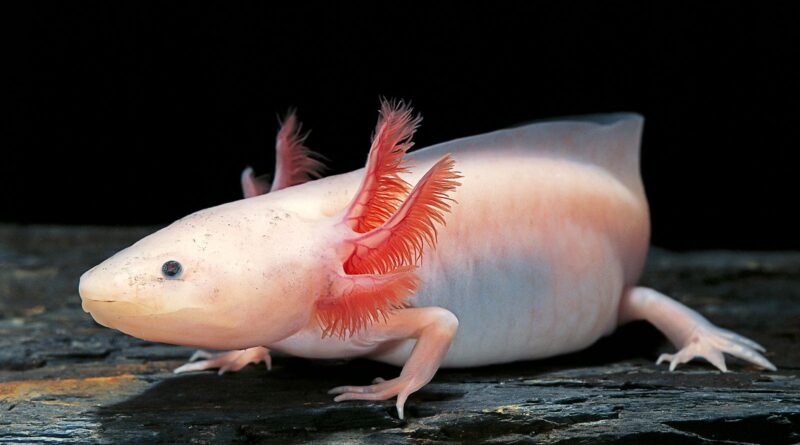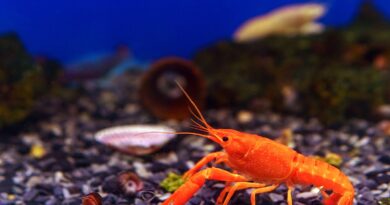Top Examples of Fish with Legs
In the world of aquatic animals, many species have evolved unique features that separate them from their land-based counterparts. One example is the fish with legs – a group of creatures including sharks, rays, and tetrapods (four-footed animals). Fish with legs can offer scientists a great deal of insight into spinal cord development and locomotion evolution in vertebrates. In this article, we’ll look at some top examples of fish with legs and what makes them so unique.
Types of Fish with Legs
Various fish have evolved legs, some more commonly known than others. Below are some of the most popular types of fish with legs.
Cods:
Cods are a type of fish typically with long, slim bodies and a large head. They can be found in many habitats, including fresh and salt water. Some codes have evolved legs to help them maneuver in their environment. These fish can swim quickly using their legs to propel themselves through the water.
Frogfishes:
Frogfishes are a type of fish that typically have a stocky body and short, stubby legs. They are often found in warm water environments near the bottom of the ocean or river. Frogfishes use their legs to hop around and explore their surroundings. They can also use their legs to grab prey items from the water.
Top Rare Fish With Legs Discovered
If you thought all fish had legs, think again! Researchers recently uncovered some rare fish with legs, which makes for an exciting study. Some fish have leg-like extensions that help them move around more easily.
The discovery makes some people believe that all fish evolved from a creature with legs. This would mean that fish are more closely related to us than we thought!
There are a few different types of fish with legs that vary in size and shape. The researchers aren’t sure why these fish developed these appendages, but they hope to learn more about them as they continue their research.
Axolotl
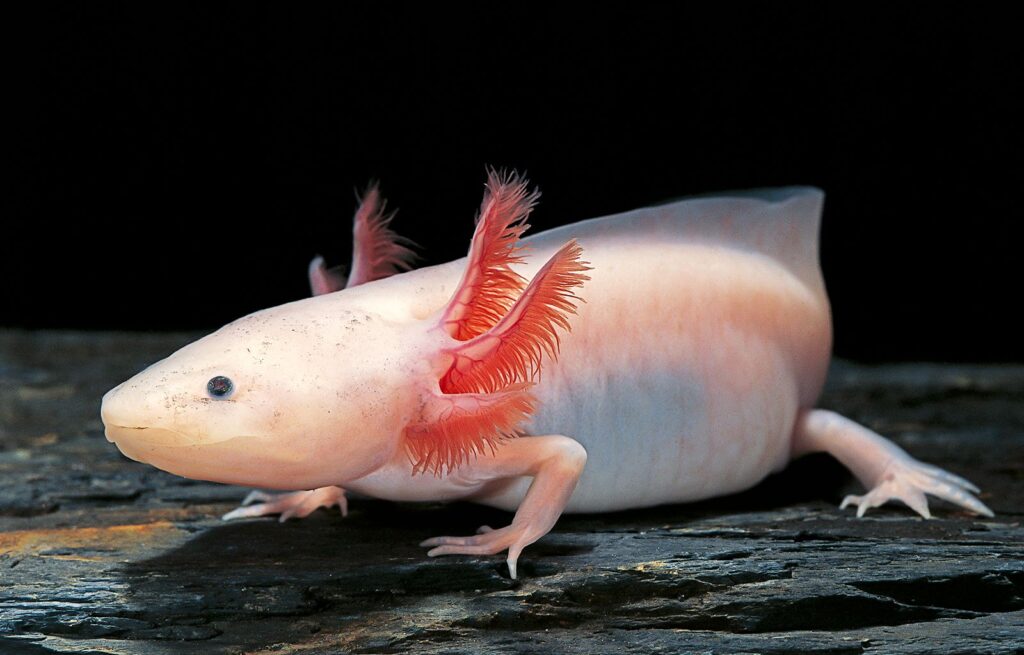
The axolotl is a salamander that has evolved the ability to regenerate lost limbs. This remarkable ability allows the axolotl to survive in environments other salamanders cannot.
The axolotl is a species of salamander that has evolved the ability to regenerate lost limbs. This remarkable ability allows the axolotl to survive in environments other salamanders cannot. Regeneration begins with forming a new stem from the remnants of an old one. The limb is then grown and shaped by the axolotl’s body until it resembles the original limb.
The axolotl’s regenerative abilities have led to its use in research into human cancer and spinal cord injuries. The axolotl also offers scientists a unique opportunity to study how regeneration works and how genetic mutations affect it.
Frogfish
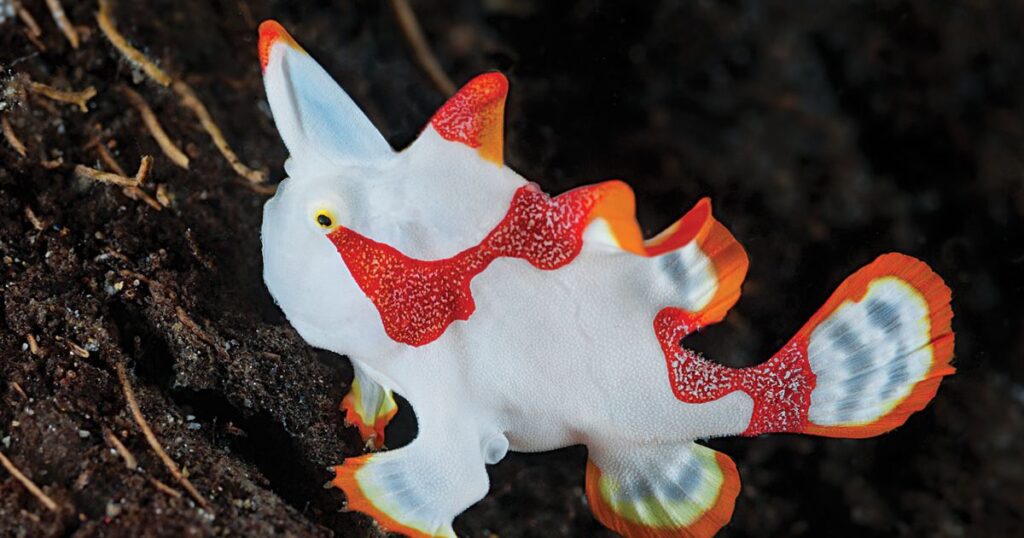
Frogfish are ray-finned fish that have evolved two pairs of legs along their body. This unusual feature is thought to help the frogfish swim more efficiently in water, as they can propel themselves by kicking with their legs.
Some frogfishes swim up to 50 mph, making them some of the fastest freshwater fish in the world. They are also some of the most common fish found in freshwater environments, making them perfect for beginners who want to learn about fish swimming.
The frogfishes found in North America tend to be smaller than those found in Europe or Asia. Many people believe this is due to the different climates these regions experience. While frogfish can be found worldwide, they are most common in temperate zones with plenty of water flowing through them.
Batfish
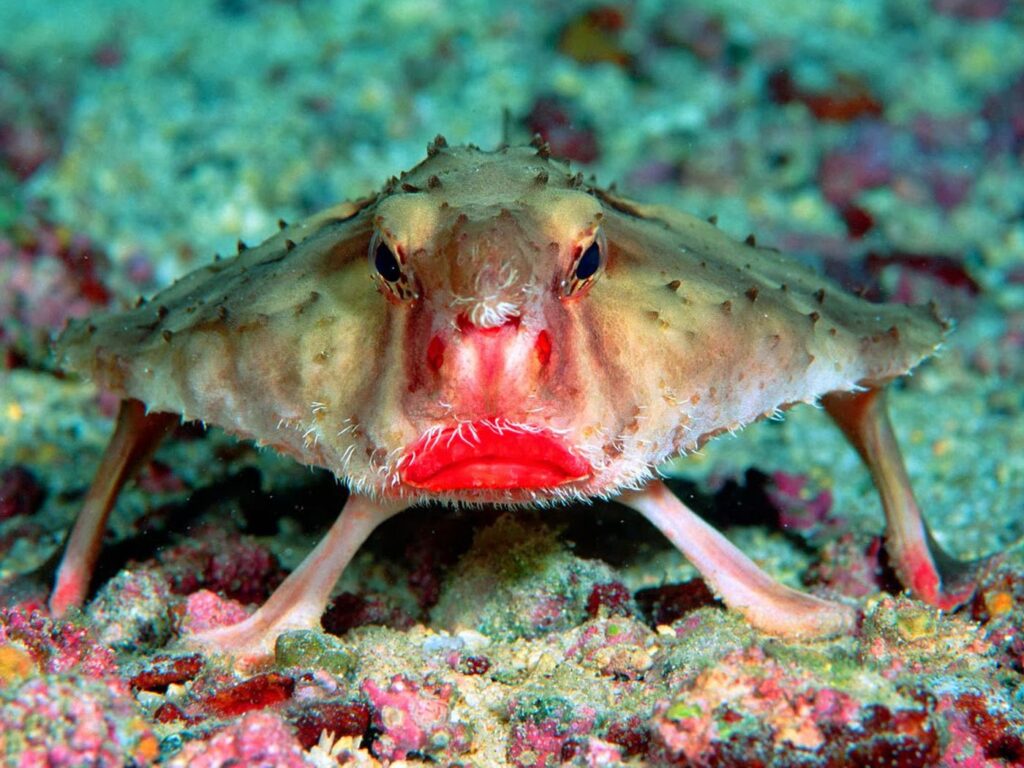
Batfish are a type of fish that have evolved legs. They use these legs to swim and catch food. Some batfish can reach lengths of up to 3 feet.
Batfish are found in both salt and freshwater habitats. They are popular among anglers because they can be caught using a variety of techniques, including casting, trolling, and fly fishing.
Handfish
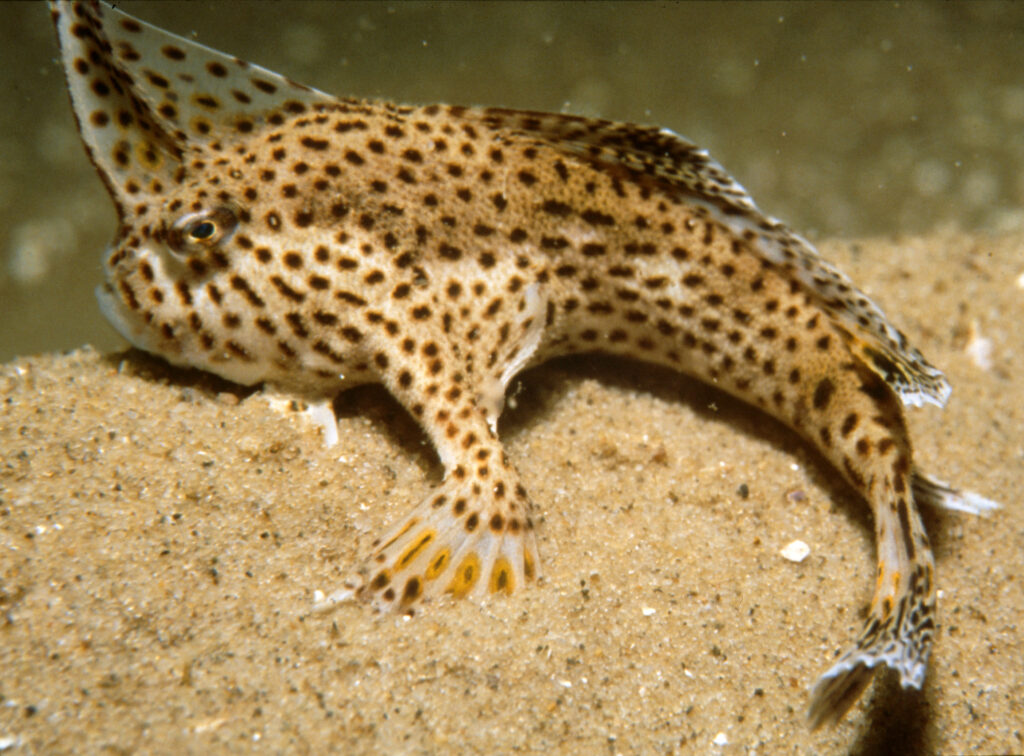
Handfish are a group of fish that have evolved legs on their body. There are about 30 different species of handfish, and all of them have these bizarre appendages.
Some handfish use their legs to swim, while others use them to grab food from the water. Some handfish even use their legs to climb trees!
There are many exciting things to learn about handfish, making them excellent subjects for aquatic educational programs if you’re interested in learning more about these fascinating creatures.
Mudskipper
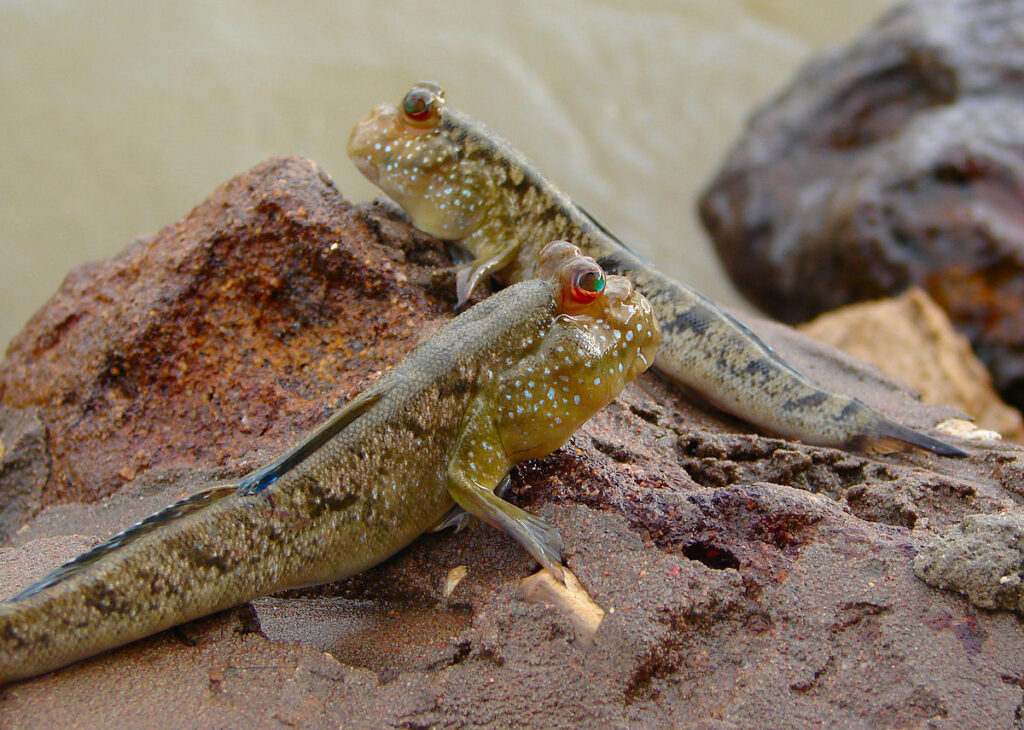
The mudskipper is a fantastic example of a fish with legs. Mudskippers use their legs to move around in muddy water, and they can even climb up steep banks.
Mudskippers are found in many different places, including freshwater and saltwater. They eat things like insects and small fish.
Lungfish
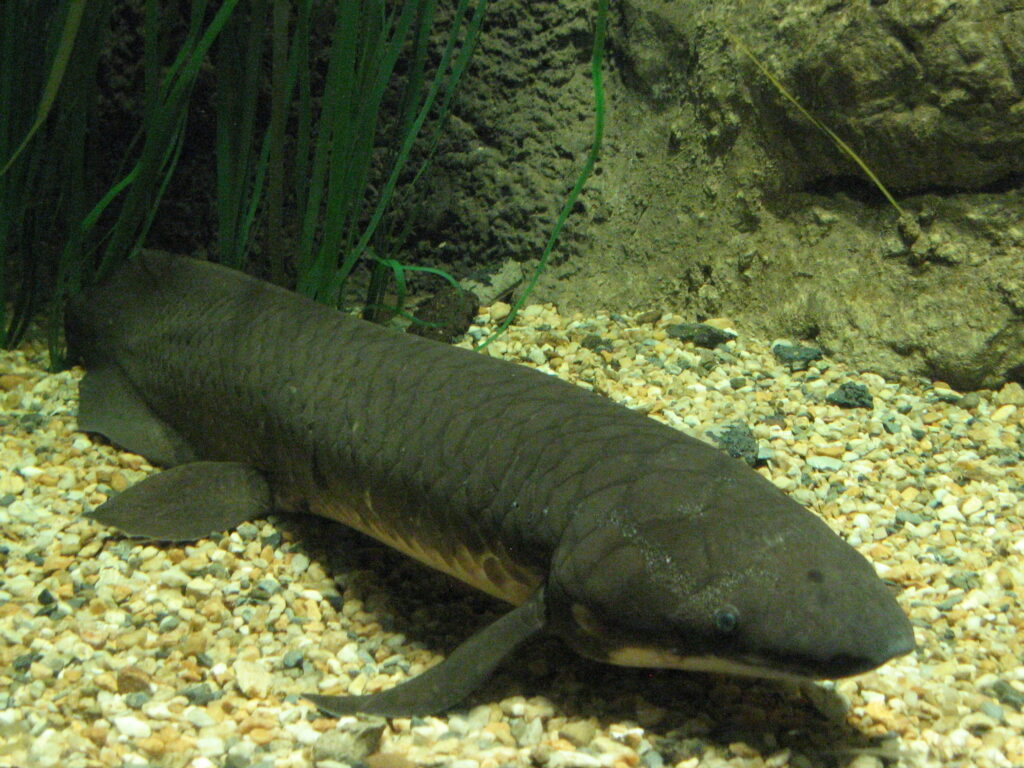
Lungfish are a primitive group of fish that still have both their lungs and legs. These fish typically live in warm waters near the bottom of the ocean. Lungfish use their lungs to extract oxygen from water and distribute it to their bloodstream. They also use their legs to move around and explore their environment.
Lungfish are exciting creatures with unique features that set them apart from other fish. For example, lungfish can breathe air, which is unusual for a fish. This allows them to live in areas with little or no oxygen available. Additionally, lungfish have a “double-lobed” heart that helps them extract oxygen from water.
Lungfish are an essential part of the oceanic ecosystem and play an important role in distributing nutrients and removing pollutants from the water. Their ability to survive in challenging environments makes them an excellent model for studying evolution and adaptation.
Why Do Fish Have Legs?
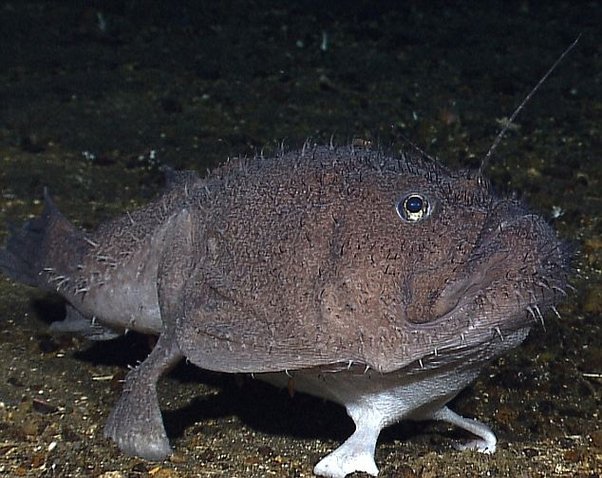
In the ocean, many different types of fish have legs. Some fish have them for swimming, others for diving, and others for getting around on land.
There are several reasons why some fish develop legs.
Like sharks and rays, some fish use their legs to swim through the water. Sharks use their powerful tails to move through the water, while rays use their long slender fins. Fish with legs can move faster through the water than those without legs.
Fish with legs can also dive deep into the ocean to find food. They can stay underwater for long periods because they have strong muscles that help them swim and dive.
Some fish, like catfish and eels, use their legs to get around on land. Catfish live in rivers and streams and use their legs to walk along the bottom of the river or stream. Eels swim in rivers and streams but climb out of the water onto land to eat insects or other animals.
Conclusion
If you’re looking for examples of fish with legs, you’ve come to the right place! This article will showcase some of the most famous and impressive fish that can boast impressive locomotive abilities. From sharks to Komodo dragons, these animals are some of the best at swimming and moving around quickly on land or in water. So whether you’re interested in learning about a new type of animal or just want to see something spectacular, check out our top picks for fish with legs!

